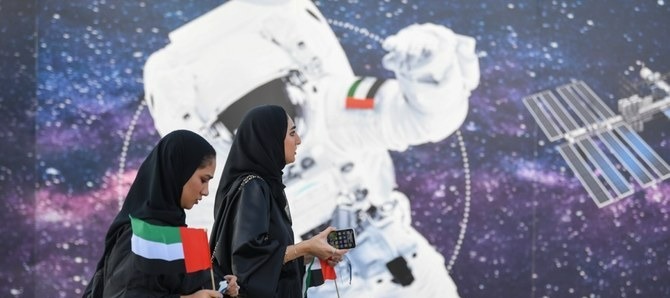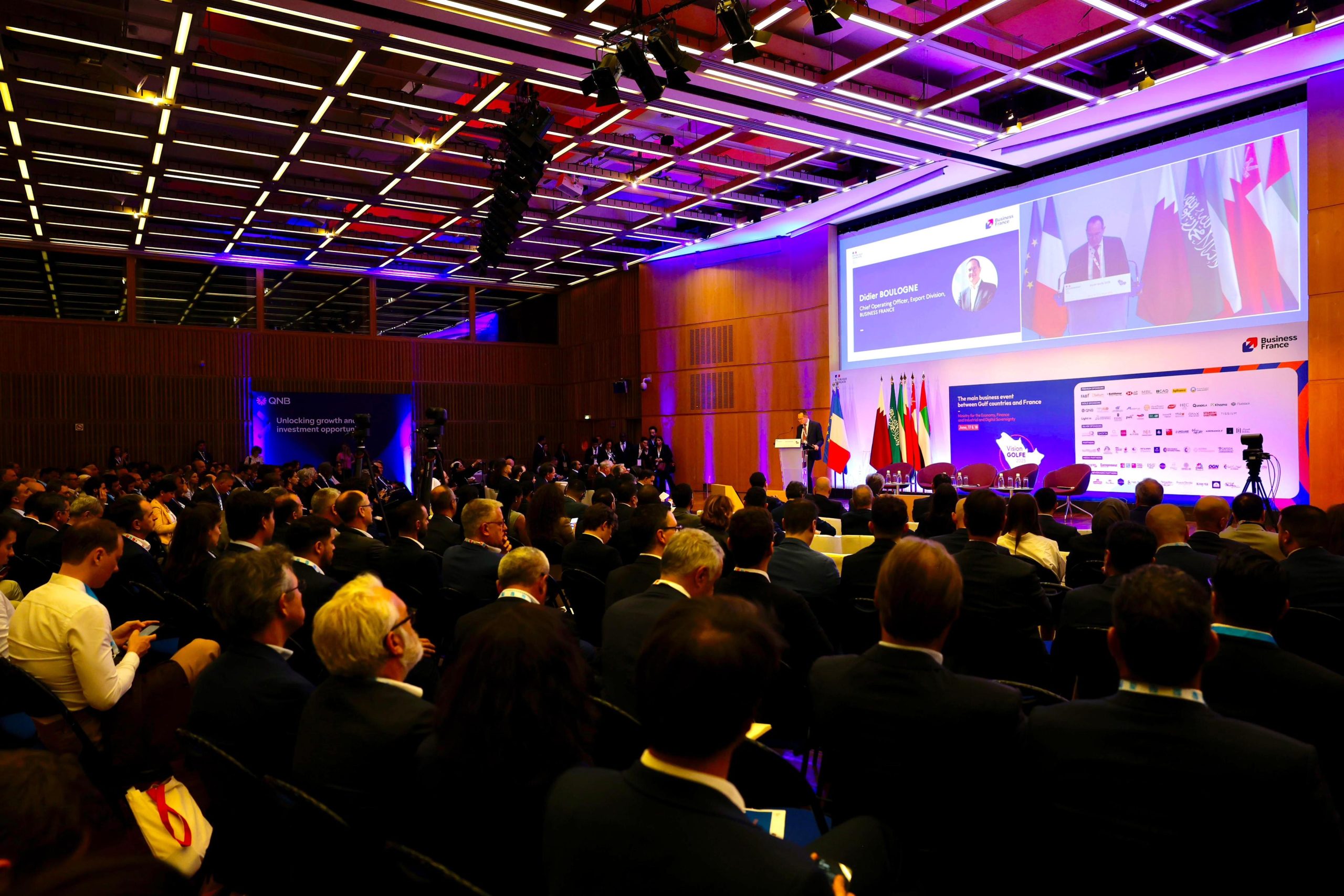Despite notable advancements in the Middle East, the underrepresentation of women in the fields of science and engineering remains a significant challenge in the region. Experts argue that concerted efforts are needed to rectify this imbalance and empower women to pursue careers in science and technology fully.The 2021 UNESCO Science Report reveals that globally, only 33 percent of researchers are women, highlighting a gender disparity in the scientific community. While the Middle East and North Africa region have achieved near gender parity at the doctoral level and early career stages, substantial disparities persist across different disciplines and countries.One striking issue is the existence of a glass ceiling, with female representation declining as women progress in their scientific careers. This trend likely results from various obstacles and barriers faced by women in the field. Although the Gulf region has made significant strides in empowering women, women still constitute only 40 percent of the STEM (Science, Technology, Engineering, and Mathematics) workforce.
Addressing this gender gap in STEM fields requires collaborative efforts involving families, schools, universities, and governments, according to Nura Adam Mohammed, a researcher at Qatar University. She emphasizes the importance of empowering women in science from an early age, starting with primary schools. Initiatives such as public engagements, research open days, and volunteer opportunities can inspire young girls to pursue scientific careers.One event that celebrated the achievements of women in science and technology is the L’Oréal-UNESCO for Women in Science Middle East, hosted by Expo 2020 Dubai. This prestigious event honored 14 Arab women in various STEM disciplines, recognizing their exceptional contributions to fields such as life sciences, physical sciences, mathematics, and computer science.Ghada Dushaq, a researcher at New York University Abu Dhabi, is among the honorees committed to inspiring a new generation of Arab women in STEM.
She emphasizes the importance of achieving gender equality in science, emphasizing that both women and men have essential roles to play in driving innovative and groundbreaking scientific ideas. Dushaq’s research in photonics and optics aims to revolutionize technologies in sectors like health, space, mobility, and security.Arij Yehya, an instructor at Qatar University, believes that women in science can make a significant impact on society beyond their contributions to research. She highlights the vital social roles that women play, such as caregivers, and argues that having more women in the field of science can positively influence communities and contribute to societal prosperity. Yehya’s research focuses on understanding factors influencing the gender gap in personality traits and evaluating gender policies.Halima Alnaqbi, an academic at Khalifa University, has dedicated her work to studying the genes governing the immune system in the Arabian population. Her research is essential for enhancing the organ transplantation system to better accommodate Arab ethnic groups.
Alnaqbi emphasizes that as women now account for half of all engineers in the UAE, the perception of STEM as a male-dominated domain is outdated.Hend Alqaderi, a lecturer at Harvard School of Dental Medicine, underscores the importance of engaging more women in scientific research. She believes that diversity in research teams, including gender diversity, enhances innovation and accuracy. Alqaderi’s research focuses on using oral fluids as a non-invasive tool for the early diagnosis and management of COVID-19 and other inflammatory diseases, a subject that became deeply personal to her following her father’s death from COVID-19.Nura Adam Mohammed’s research on nonconventional therapeutic tools for preventing diabetes and cardiovascular diseases holds great promise, given the rising global prevalence of diabetes.
Her work in developing nano-pharmaceuticals has garnered national and international attention, especially as personalized medicine, targeted drug delivery, and stem cell technologies gain prominence.In conclusion, while the Middle East has made strides toward gender parity in STEM fields, there is still work to be done to overcome gender disparities and empower more women in science and technology. Collaborative efforts across society, education, and research institutions are crucial in encouraging young girls to pursue STEM careers and ensuring that the scientific community benefits from diverse perspectives and talents.









